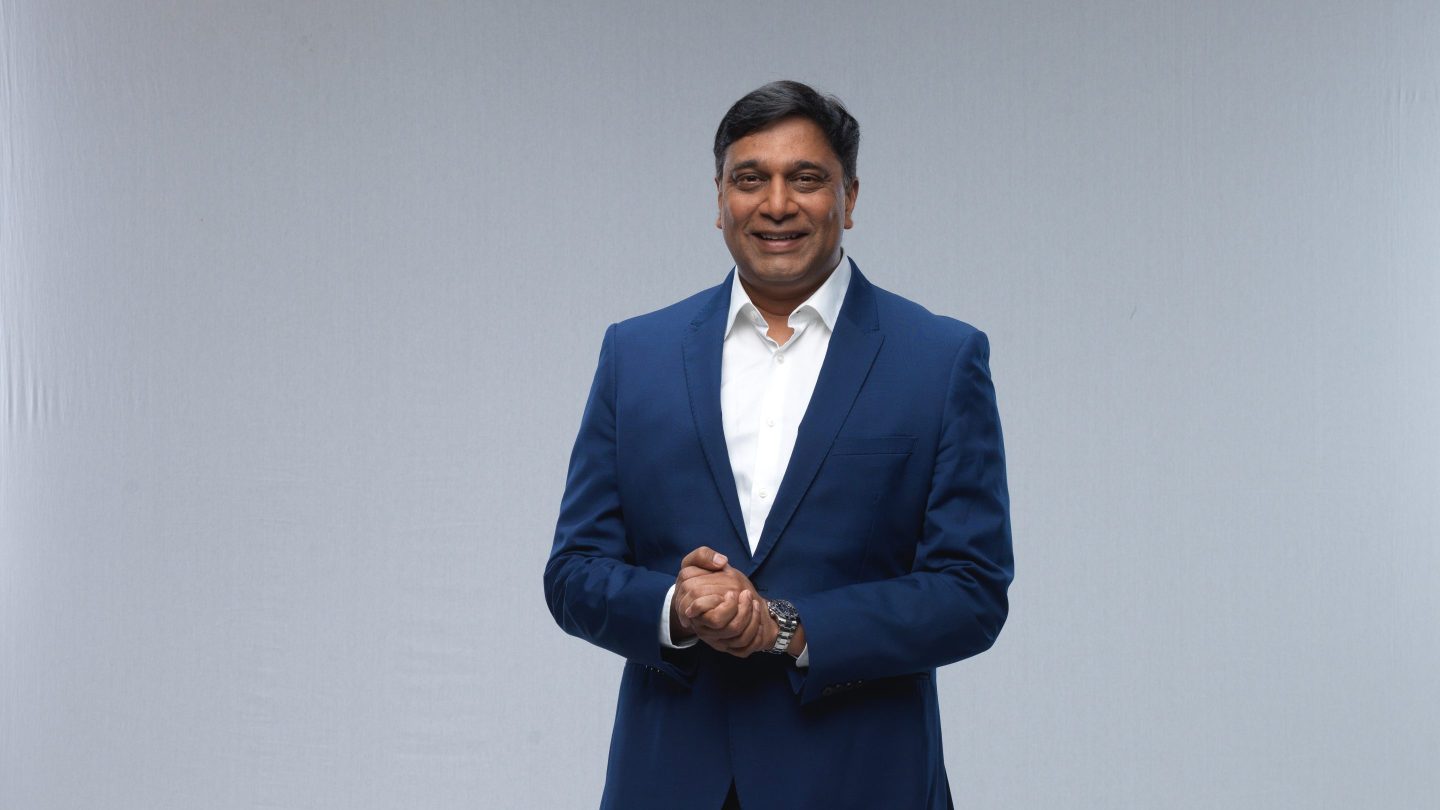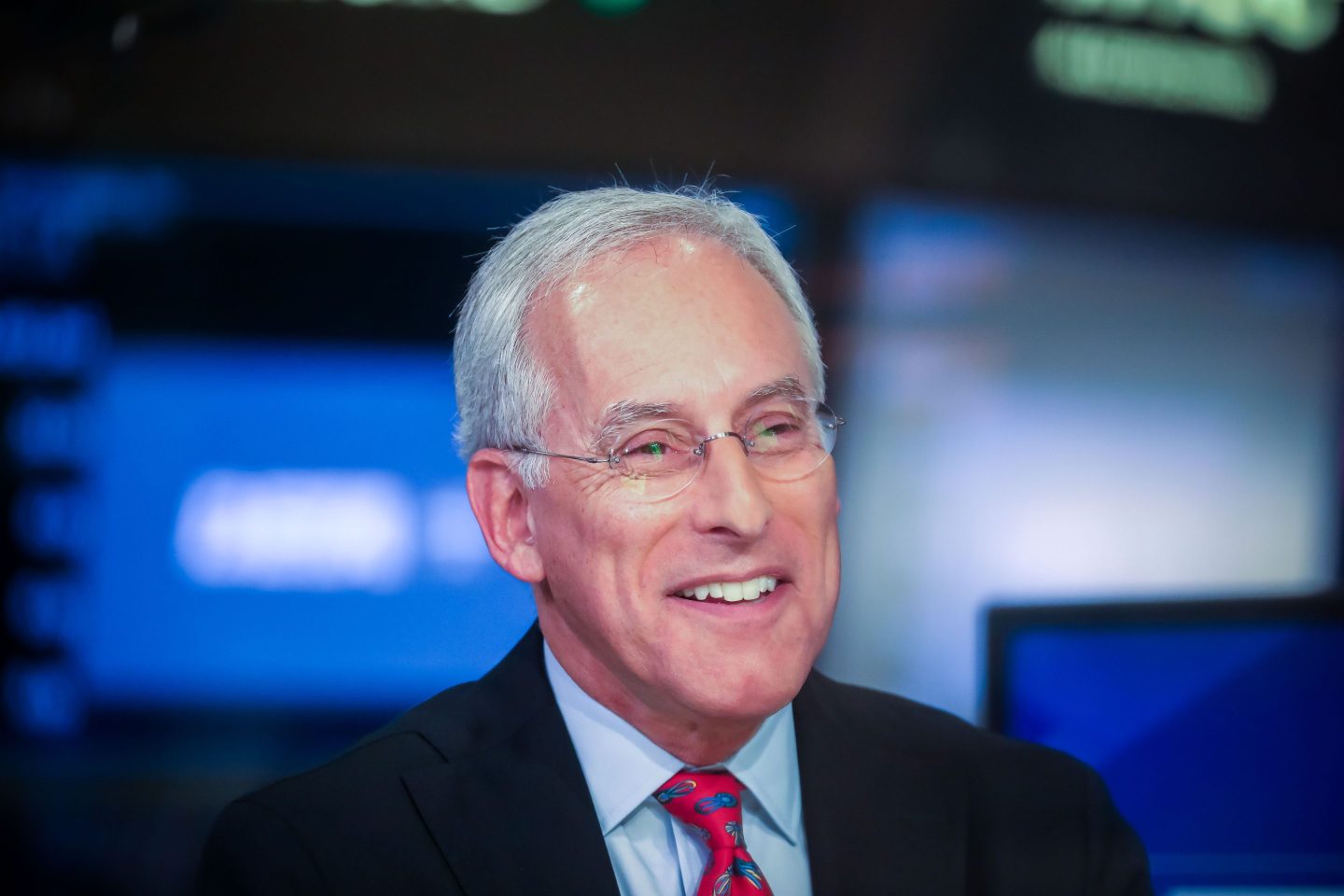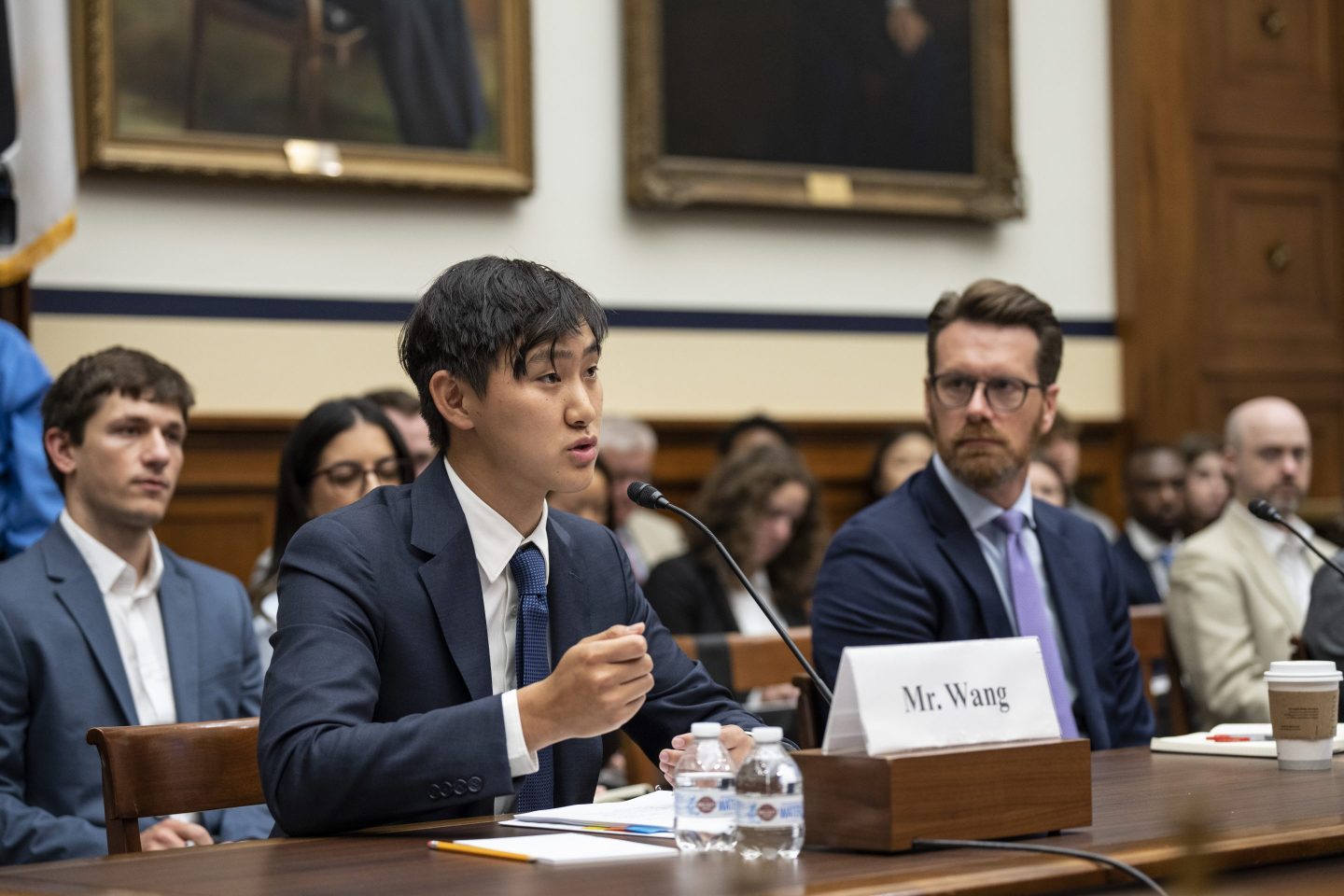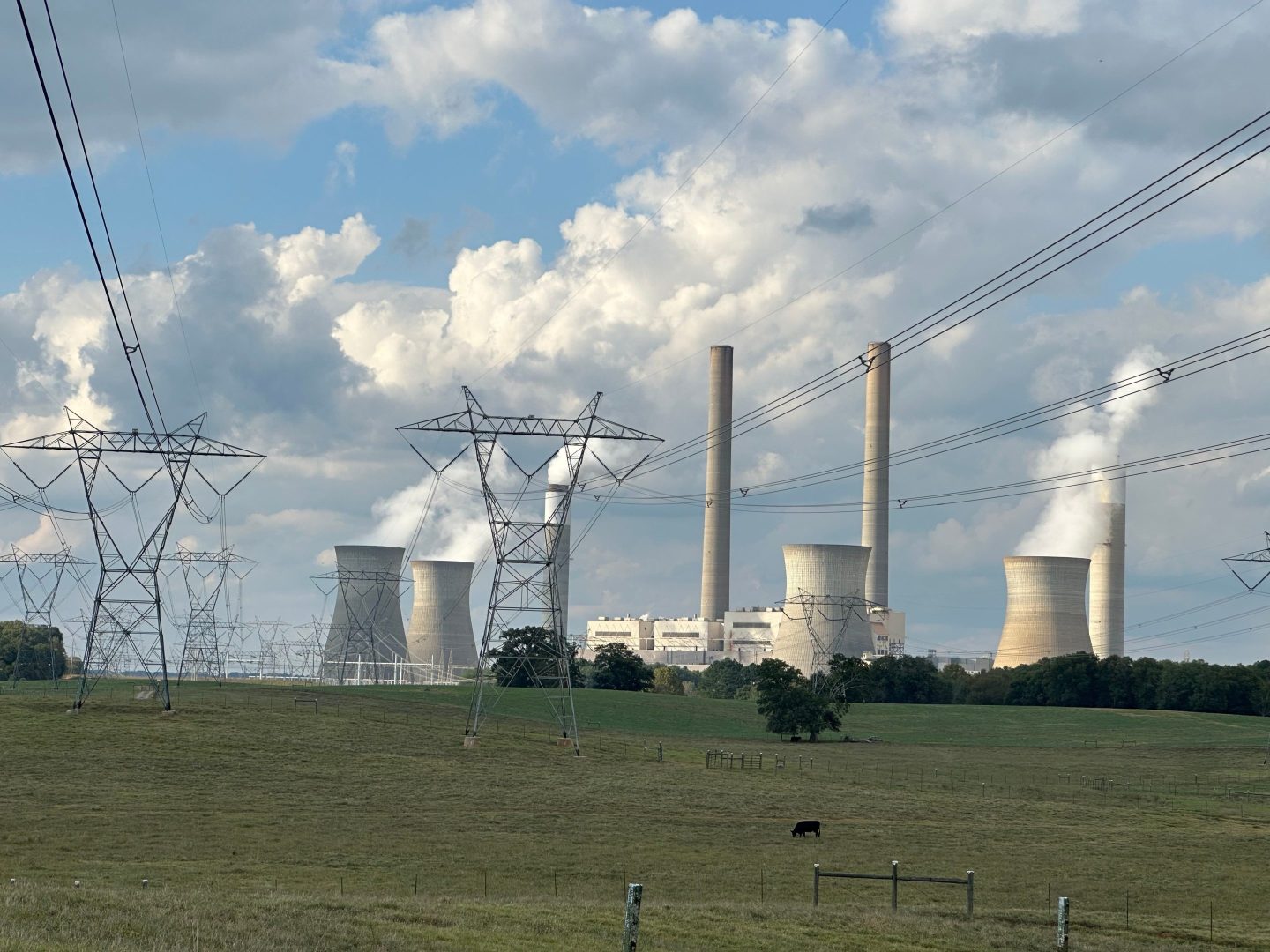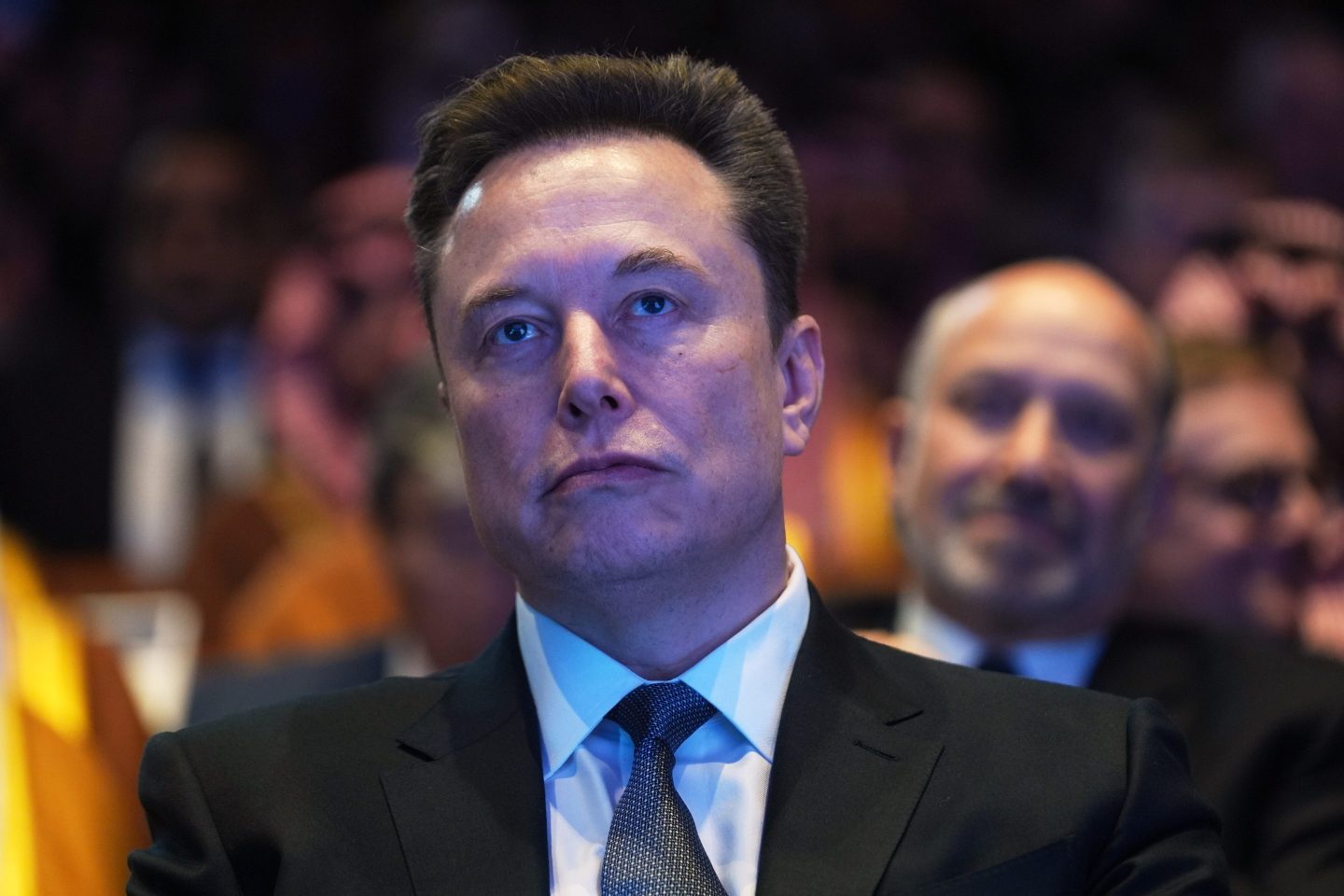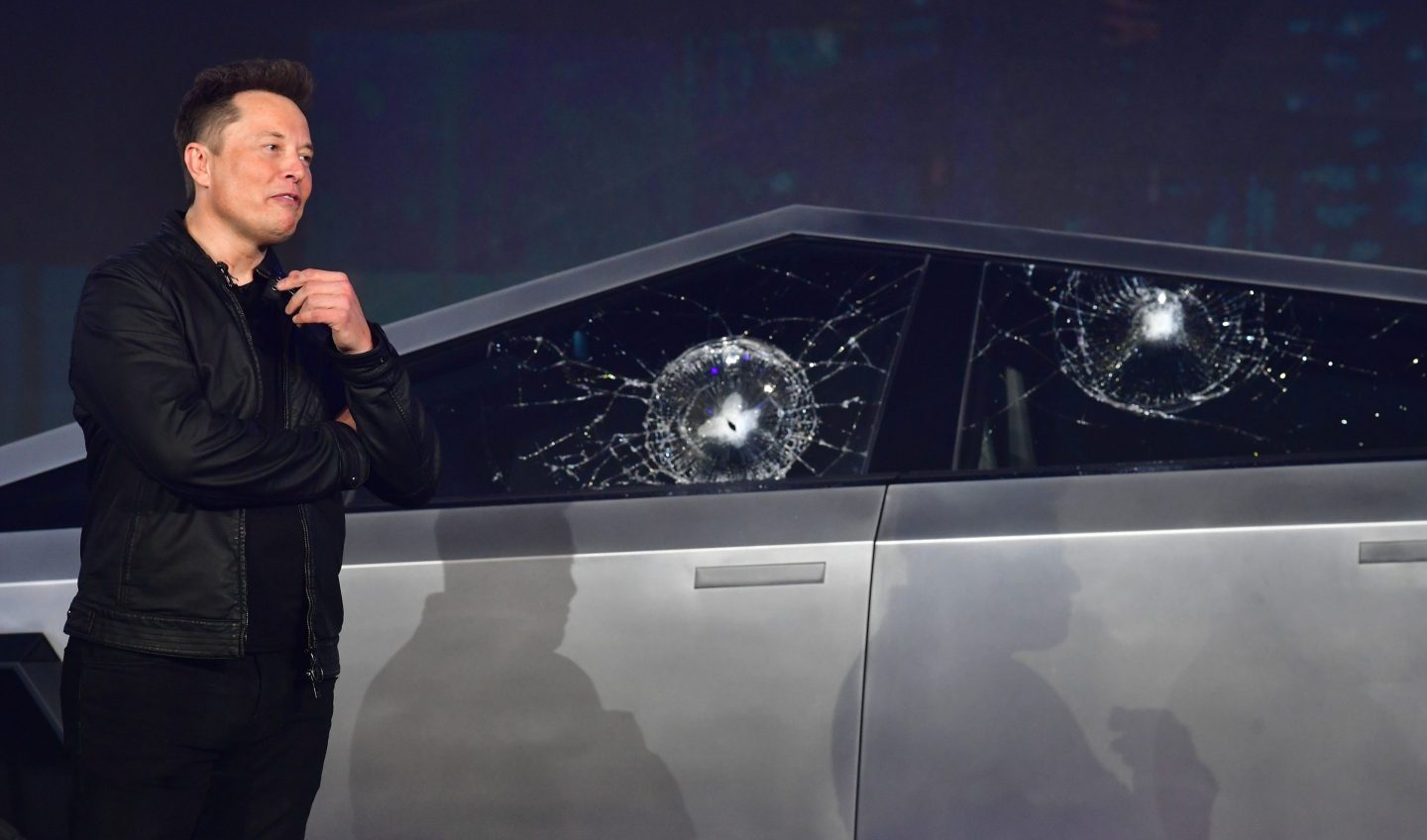Imagine trying to expand a mobile phone network across 17,000 islands that span an area 5,100 kilometers wide. That’s the hurdle Indonesia and its telecom companies need to overcome in expanding internet access to the country’s over 270 million people. Despite investing hundreds of millions of dollars in expanding access, the country still has a digital divide, particularly for those living in remote areas.
Twenty-two percent of Indonesians still don’t have internet access, Indonesia communications minister Budi Arie Setiadi said in October. Most unconnected Indonesians live in nonmetro urban areas, according to the World Bank.
But that’s changing fast. Vikram Sinha, CEO of Indosat Ooredoo Hutchison (IOH), the country’s second-largest telecom company, estimates that 21 million Indonesians will go online between now and 2027. To compare, that’s close to the population of the state of Florida or the country of Sri Lanka—and constitutes about 8% of Indonesia’s entire population.
“We have to make sure we tap that opportunity,” Sinha said.
Much of IOH‘s approximately $829 million in capital expenditure last year was put toward developing its cellular business and expanding network coverage to rural and remote areas. The company is also expanding its wireless coverage to Nusantara, the still-under-construction new capital on the island of Borneo.
Sinha hopes that being the service provider for rural Indonesians will create opportunities for sticky revenue. Providing data access in turn provides connection to other digital services; that means more time spent on phones, and in turn higher data consumption—and thus revenue per user.
Indonesians spend about five hours a day on their phones, Sinha says, but still lag populations in other Southeast Asian countries like Thailand and the Philippines.
Sinha doesn’t want IOH to remain just a telecom company. IOH is making a long-term play to become a tech company, generating $15 million last year from selling data on user habits to banks and credit rating firms. The company is also expanding to services like AI and cloud computing.
In 2021, Qatari telco Ooredoo and Hong Kong’s CK Hutchison Holdings agreed to merge their Indonesian businesses to form Indosat Ooredoo Hutchison, creating the country’s second-largest telecom provider. IOH has about 100 million subscribers, behind Telkomsel’s 156 million.
The newly merged entity tapped Sinha to be CEO, following his tenure as COO of Ooredoo’s Indonesian telecom company. He spent time at Bharti Airtel in India and Airtel Seychelles before moving to Ooredoo.
Credit rating agencies were not confident about the success of the merger. “Fitch put us on a negative watch list based on the historical data of other mergers,” Sinha remembers. The ratings agency suggested that Ooredoo might lower its support for the merged entity. But “within one year, they put us into stable,” Sinha says.
Fitch has since revised IOH’s outlook to positive, listing improvements in margins and average revenue per user.
IOH’s full-year revenue rose 10% in 2023 to reach $3.3 billion. Data traffic also increased by 14.8% last year, and the company increased its 4G transceiver stations by 30.7%.
Fortune is hosting the inaugural Fortune Innovation Forum in Hong Kong on March 27–28. Experts, investors, and leaders of the world’s largest companies will come together to discuss “New Strategies for Growth,” or how companies can best seize opportunities in a fast-changing world.
